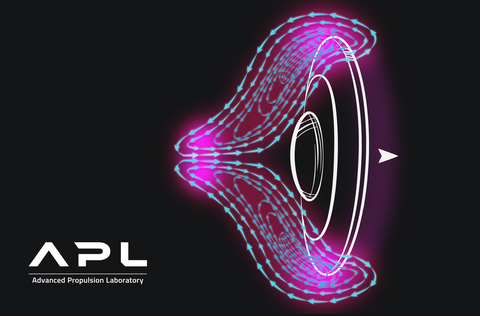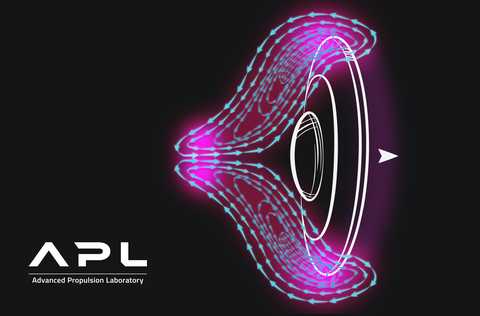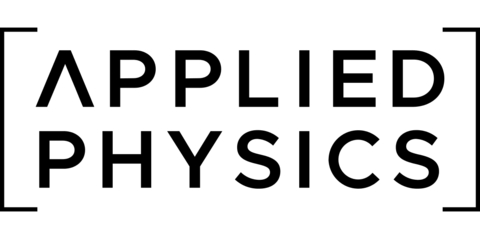NEW YORK & STOCKHOLM--(BUSINESS WIRE)--Scientists at Applied Physics, an independent group of scientists and engineers who advise companies and governments on science and technology for both commercial and humanitarian applications, have developed a novel method to detect extraterrestrial vehicles using gravitational waves.
Following their study “Introducing Physical Warp Drives,” published in Classical and Quantum Gravity, scientists at Applied Physics believe that they will be able to measure minute gravitational distortions that are the consequence of extraterrestrial vehicles, of which warp drives would be a prime example. Since gravitational waves suffer much less attenuation than radio or optical signals, they are ideal for scanning large volumes of the universe.
“Our study of warp drives has paved the way for gravitational wave detection,” says Gianni Martire, CEO of Applied Physics. “This new method is not limited to the traditional range of electromagnetic signals; thus we already have the ability to probe all 1011 stars in the Milky Way for warp drives, and soon, the ability to probe thousands of other galaxies.”
In the first paper on the subject, “Searching for Intelligent Life in Gravitational Wave Signals Part I,” Applied Physics discusses the present and future capabilities of gravitational wave observatories to detect warp drive-like objects. In collaboration with scientists from Carnegie Mellon University, Applied Physics is also developing the first machine learning-based model that will be sensitive enough to detect these warp drive signals and distinguish them from background noise.
“At the present moment, our methods apply to a general class of Rapid And/or Massive Accelerating spacecraft (RAMAcraft) far from Earth. In the future, we hope to also generalize the methods to smaller objects closer to home,” says Luke Sellers of the Advanced Propulsion Laboratory (APL) at Applied Physics.
Furthermore, Applied Physics believes that their results allow existing GW observatories like LIGO, Virgo, and KAGRA to search for evidence of RAMAcraft right away, turning these observatories into the first-ever RAMAcraft Detection And Ranging (RAMADAR) devices. Future observatories like DECIGO and the Big Bang Observer (BBO) will be 100 times more sensitive than LIGO in detecting RAMAcraft, expanding the search volume of RAMADAR by a million-fold along this new frontier.
“Gravitational wave detection is still in its infancy,” says Manfred Paulini, professor of physics and associate dean at Carnegie Mellon University. “Future experimental improvements will open the gates for new discoveries.” In follow-up studies, Applied Physics plans to complete a fully-fledged search for these objects, and they invite the scientific community to join them.
About Applied Physics:
Applied Physics is an independent group of scientists and engineers who advise companies and governments on science and technology for both commercial and humanitarian applications. It is the world’s first public benefit research institute and runs fully independently of any government or academic institution. For more information, visit: www.AppliedPhysics.org




